Your cart is currently empty!
Tag: EnergyEfficient
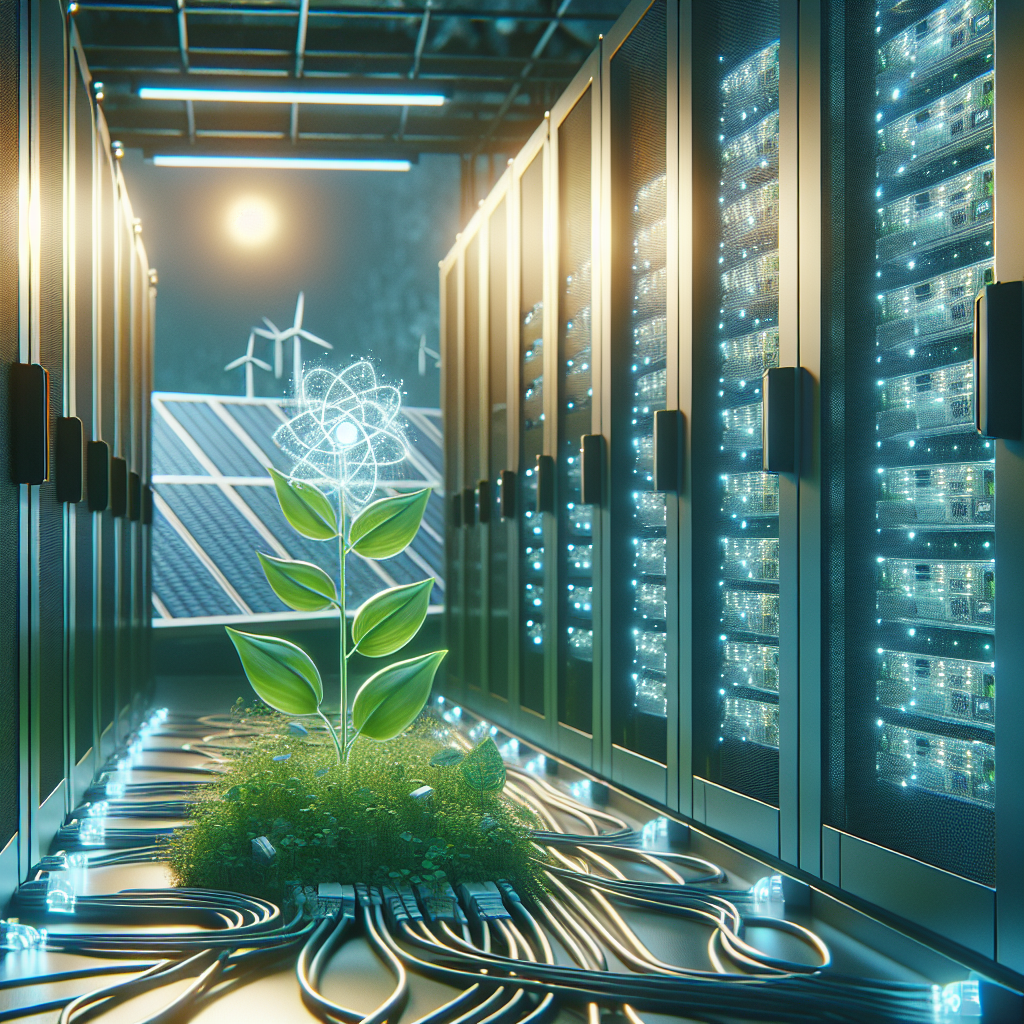
Energy-Efficient Data Centers: A Sustainable Solution for the Digital Age
In the digital age, data centers have become the backbone of our modern society. From storing vast amounts of data to powering the applications and services we rely on every day, data centers play a crucial role in keeping our world connected. However, as the demand for data continues to grow exponentially, so does the energy consumption of these facilities.The energy consumption of data centers is a significant concern due to the environmental impact of their operations. Data centers are notorious for their high energy usage, with some facilities consuming as much electricity as a small town. This has led to calls for more sustainable solutions to reduce the carbon footprint of data centers and minimize their impact on the environment.
One such solution is the development of energy-efficient data centers. These facilities are designed to minimize energy consumption while still meeting the demands of modern computing. By implementing energy-saving technologies and best practices, energy-efficient data centers can significantly reduce their environmental impact and lower operating costs.
There are several key strategies that can be implemented to improve the energy efficiency of data centers. One of the most important is the use of energy-efficient hardware, such as servers, storage devices, and networking equipment. By choosing energy-efficient components, data centers can reduce their overall energy consumption and decrease their carbon footprint.
Another important strategy is optimizing the cooling system of data centers. Cooling is a major source of energy consumption in data centers, as the servers and other equipment generate a significant amount of heat. By using more efficient cooling technologies, such as hot aisle/cold aisle containment or liquid cooling, data centers can reduce their energy usage and improve their overall efficiency.
In addition to hardware and cooling optimizations, data centers can also benefit from implementing virtualization and consolidation strategies. By consolidating servers and virtualizing applications, data centers can reduce the number of physical servers needed, leading to lower energy consumption and improved efficiency.
Overall, energy-efficient data centers are a sustainable solution for the digital age. By implementing energy-saving technologies and best practices, data centers can reduce their environmental impact, lower operating costs, and meet the growing demands of modern computing. As the demand for data continues to grow, it is essential that data centers prioritize energy efficiency to ensure a sustainable future for the digital age.
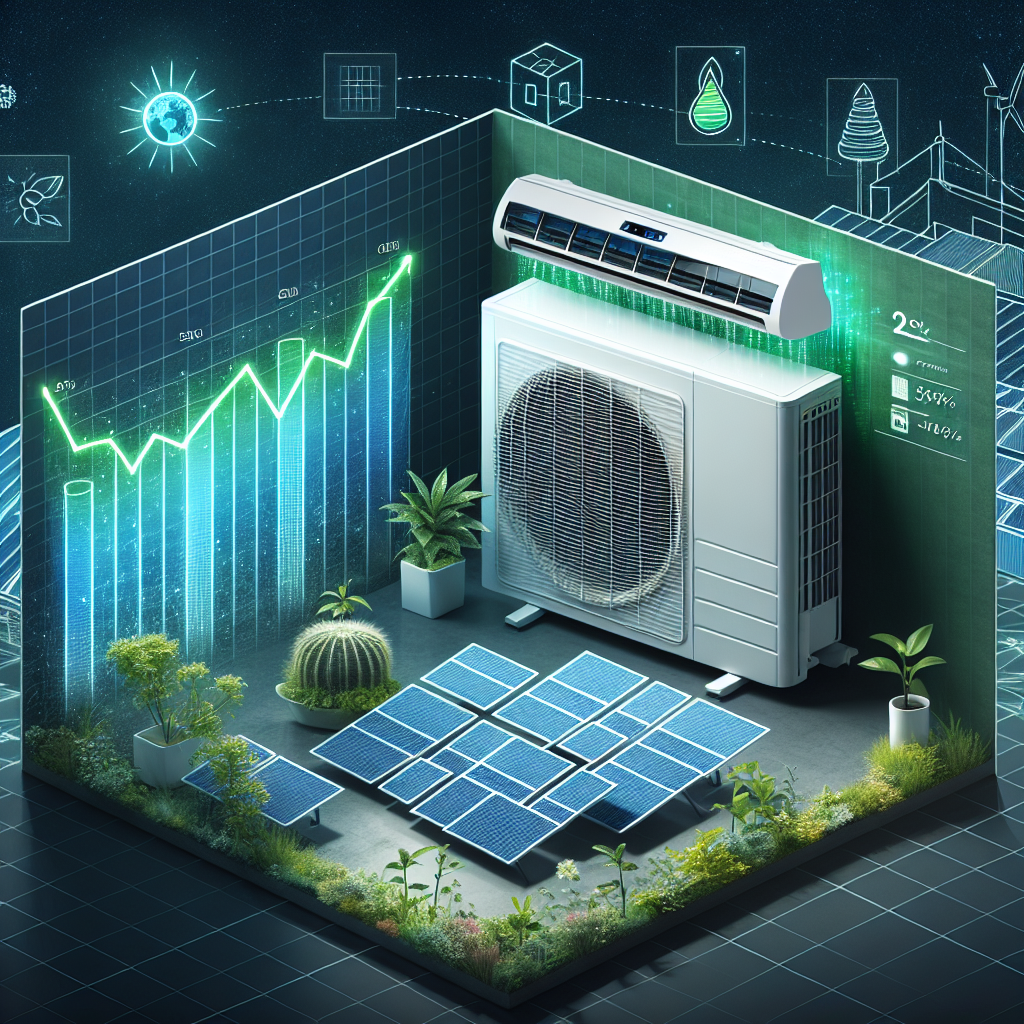
The Benefits of Energy-Efficient Air Conditioning Units
Air conditioning units are a necessity for many people, especially during the hot summer months. However, traditional air conditioning units can be costly to run and not very energy-efficient. This is where energy-efficient air conditioning units come in.Energy-efficient air conditioning units are designed to use less energy than traditional units, which can lead to significant cost savings on your monthly energy bills. In addition to saving money, there are several other benefits to using energy-efficient air conditioning units.
One of the main benefits of energy-efficient air conditioning units is their positive impact on the environment. Traditional air conditioning units can be a major source of greenhouse gas emissions, which contribute to climate change. By using less energy, energy-efficient units reduce the amount of greenhouse gases released into the atmosphere, helping to combat climate change.
Another benefit of energy-efficient air conditioning units is their improved performance. These units are designed to cool your home more effectively and efficiently, providing a more comfortable living environment. They also tend to have advanced features such as programmable thermostats and variable speed fans, which can help you customize your cooling settings and save even more energy.
Energy-efficient air conditioning units are also more durable and reliable than traditional units. Because they use less energy and operate more efficiently, they experience less wear and tear, leading to fewer breakdowns and longer lifespans. This can save you money on costly repairs and replacements in the long run.
Finally, energy-efficient air conditioning units can increase the value of your home. As more and more homeowners prioritize energy efficiency, having energy-efficient appliances such as air conditioning units can make your home more attractive to potential buyers. This can be especially beneficial if you are looking to sell your home in the future.
In conclusion, energy-efficient air conditioning units offer a wide range of benefits, from cost savings to environmental protection to improved performance. If you are considering upgrading your air conditioning unit, investing in an energy-efficient model is a smart choice that will benefit you and the planet in the long run.
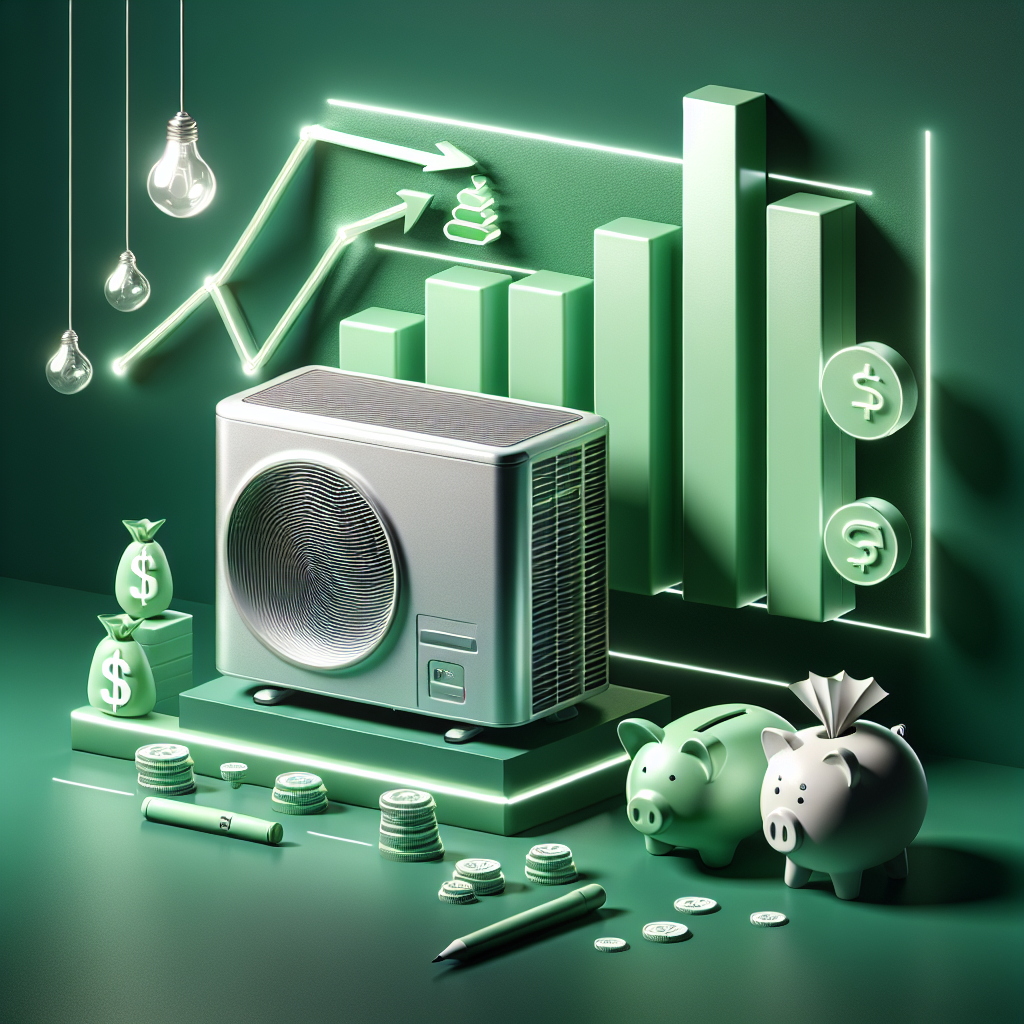
The Cost-Effective Benefits of Energy-Efficient Air Conditioning
Air conditioning is a necessity in many parts of the world, especially during hot summer months. However, running an air conditioner can be expensive, leading many homeowners to look for ways to cut costs. One of the most effective ways to save money on air conditioning is by investing in an energy-efficient unit.Energy-efficient air conditioners are designed to use less electricity while still providing the same level of cooling as traditional units. This means that homeowners can enjoy a comfortable indoor environment without breaking the bank. In addition to saving money on monthly utility bills, there are several other cost-effective benefits of energy-efficient air conditioning.
One of the main benefits of energy-efficient air conditioning is the potential for tax credits and rebates. Many governments offer incentives for homeowners who invest in energy-efficient appliances, including air conditioners. These incentives can help offset the initial cost of purchasing a new unit, making it a more affordable option in the long run.
Another cost-effective benefit of energy-efficient air conditioning is the potential for lower maintenance and repair costs. Energy-efficient units are designed to run more efficiently, which can help reduce the wear and tear on the system. This can lead to fewer breakdowns and repairs, saving homeowners both time and money.
Additionally, energy-efficient air conditioning can also help extend the lifespan of the unit. By running more efficiently, the system is less likely to experience overheating or other issues that can cause premature failure. This means that homeowners can enjoy their air conditioner for longer without having to worry about costly replacements.
Overall, investing in an energy-efficient air conditioner can provide numerous cost-effective benefits for homeowners. From lower utility bills to potential tax incentives, there are several ways that energy-efficient cooling can help save money in the long run. Additionally, the reduced maintenance and repair costs can help homeowners avoid unexpected expenses and keep their air conditioning system running smoothly for years to come.
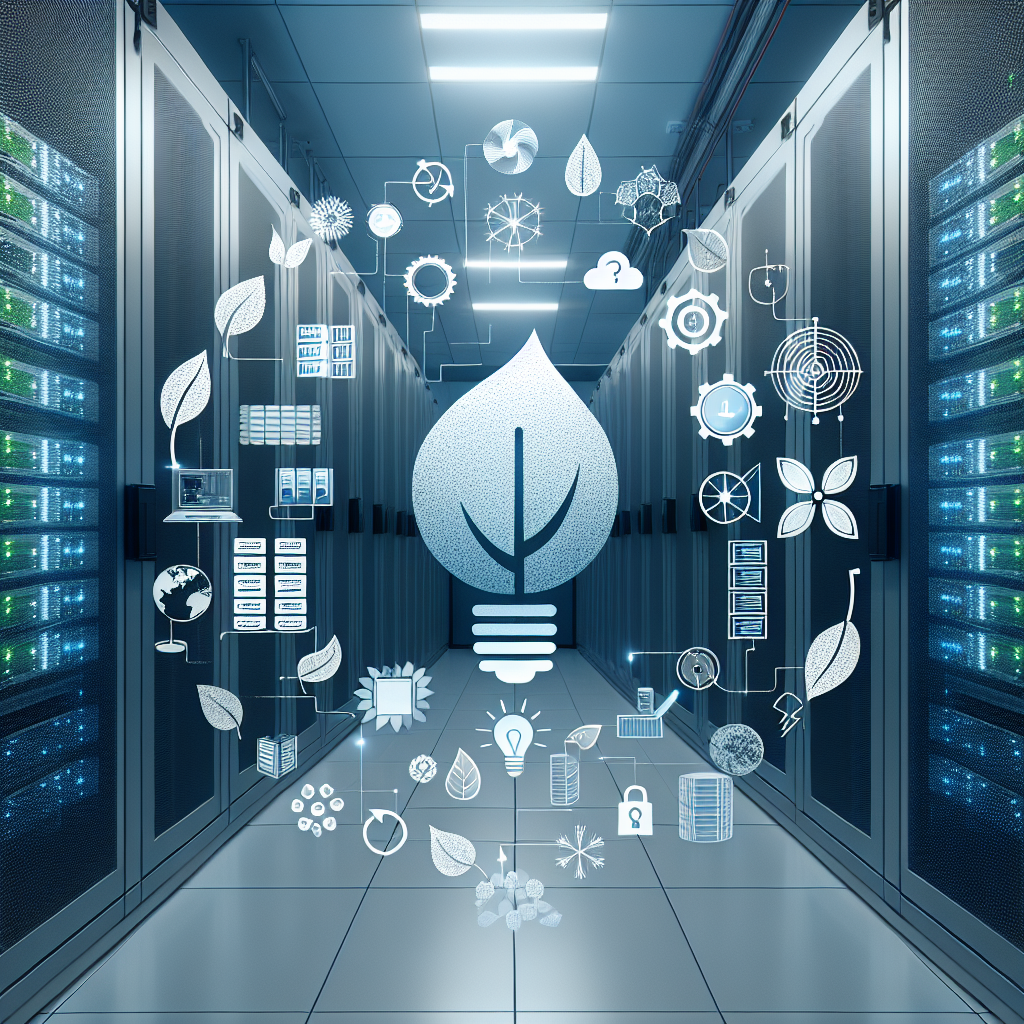
Strategies for Energy-Efficient Data Center Facilities Management
In today’s digital age, data centers play a crucial role in storing, processing, and managing vast amounts of data for businesses and organizations. However, data centers are also known for their energy-intensive operations, consuming a significant amount of electricity to power servers, cooling systems, and other equipment. With the rising costs of electricity and growing concerns about environmental impact, it has become increasingly important for data center managers to implement strategies for energy-efficient facilities management.There are several key strategies that can help data center facilities reduce their energy consumption and improve overall efficiency. One of the most effective ways to achieve this is by investing in energy-efficient equipment. This includes servers, cooling systems, and other hardware that are designed to consume less power while still delivering high performance. By upgrading to more energy-efficient equipment, data centers can significantly reduce their energy consumption and lower their operating costs.
Another important strategy for energy-efficient data center facilities management is optimizing airflow and cooling systems. Proper airflow management can help reduce the need for excessive cooling, which can account for a significant portion of a data center’s energy consumption. By implementing hot and cold aisle containment systems, using blanking panels to prevent air leakage, and optimizing the placement of cooling units, data center managers can improve the efficiency of their cooling systems and reduce energy waste.
In addition to equipment and cooling system upgrades, data center managers can also implement software-based energy management solutions to monitor and control energy usage. By utilizing energy management software, data center facilities can track their energy consumption in real-time, identify areas of inefficiency, and implement strategies to reduce energy waste. This can include scheduling equipment to run during off-peak hours, implementing power-saving modes on servers and other hardware, and adjusting cooling settings based on temperature and workload requirements.
Furthermore, data center managers can also explore renewable energy options to power their facilities. This can include installing solar panels, wind turbines, or other renewable energy sources to supplement or replace traditional grid electricity. By generating their own renewable energy, data centers can reduce their reliance on fossil fuels, lower their carbon footprint, and potentially save money on electricity costs in the long run.
Overall, implementing energy-efficient strategies for data center facilities management is essential for reducing energy consumption, lowering operating costs, and minimizing environmental impact. By investing in energy-efficient equipment, optimizing airflow and cooling systems, utilizing energy management software, and exploring renewable energy options, data center managers can create a more sustainable and efficient operation that benefits both their bottom line and the planet.
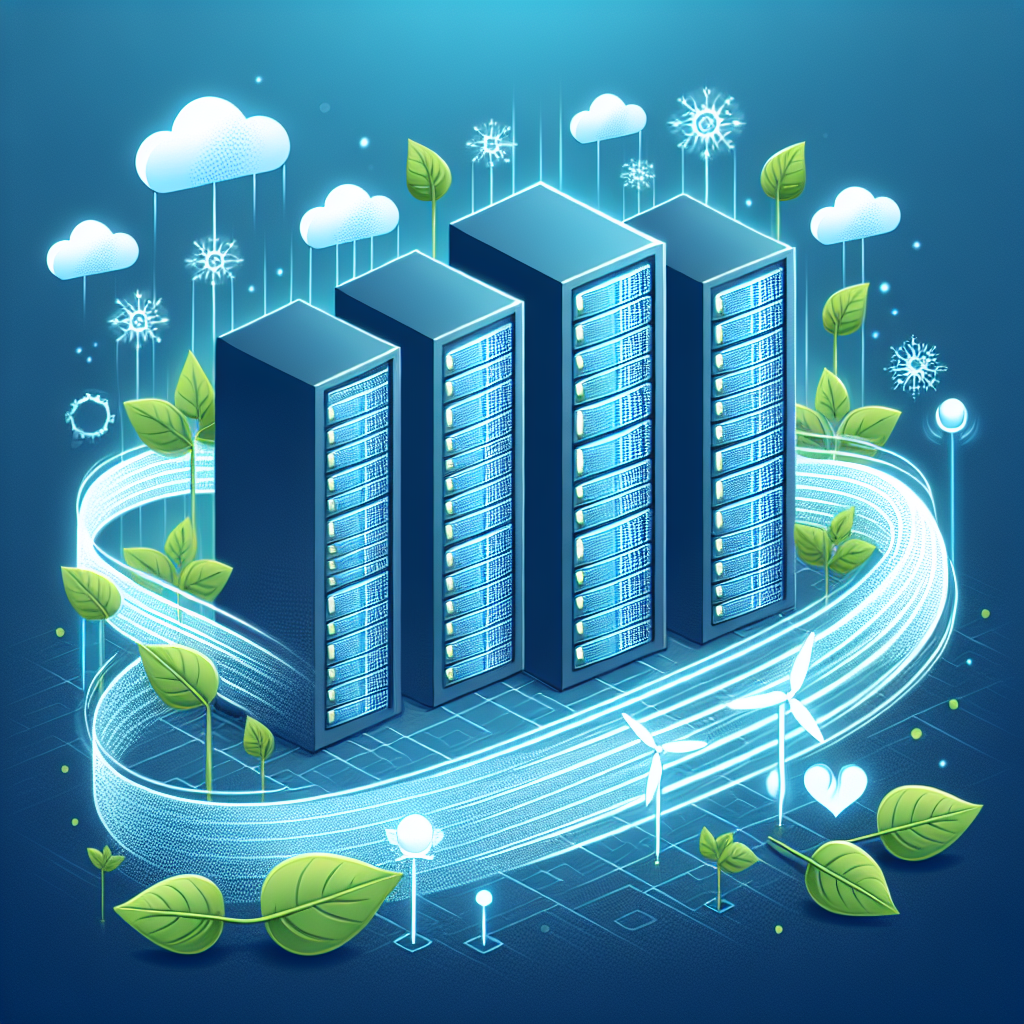
Cutting Costs with Energy-Efficient Data Center Cooling Solutions
Data centers are essential for storing and processing large amounts of information in today’s digital world. However, they also consume a significant amount of energy to keep the servers and equipment cool. As energy costs continue to rise, finding ways to cut costs while maintaining efficiency is crucial for businesses.One way to reduce energy consumption and lower costs in data centers is through the use of energy-efficient cooling solutions. These solutions are designed to provide effective cooling while using less energy, ultimately saving businesses money in the long run.
One popular energy-efficient cooling solution is the use of hot aisle/cold aisle containment systems. By separating the hot and cold air in the data center, these systems help to minimize the mixing of air temperatures and reduce the workload on cooling systems. This can result in significant energy savings and lower cooling costs.
Another energy-efficient cooling solution is the use of variable speed drives (VSDs) on cooling equipment. VSDs allow cooling systems to adjust their speed based on the cooling needs of the data center, reducing energy consumption during periods of lower demand. This can lead to substantial energy savings and lower operating costs.
Additionally, businesses can consider implementing free cooling solutions, such as air-side economizers or water-side economizers. These systems use outside air or water to cool the data center when temperatures are low enough, reducing the need for mechanical cooling and lowering energy usage.
Regular maintenance and monitoring of cooling systems are also essential for ensuring energy efficiency in data centers. By keeping equipment clean and well-maintained, businesses can optimize the performance of their cooling systems and prevent energy waste.
In conclusion, cutting costs with energy-efficient data center cooling solutions is a smart investment for businesses looking to reduce their energy consumption and lower operating expenses. By implementing strategies such as hot aisle/cold aisle containment, VSDs, free cooling solutions, and regular maintenance, businesses can achieve significant energy savings and improve the overall efficiency of their data centers. Ultimately, investing in energy-efficient cooling solutions can lead to long-term cost savings and a more sustainable operation for businesses.
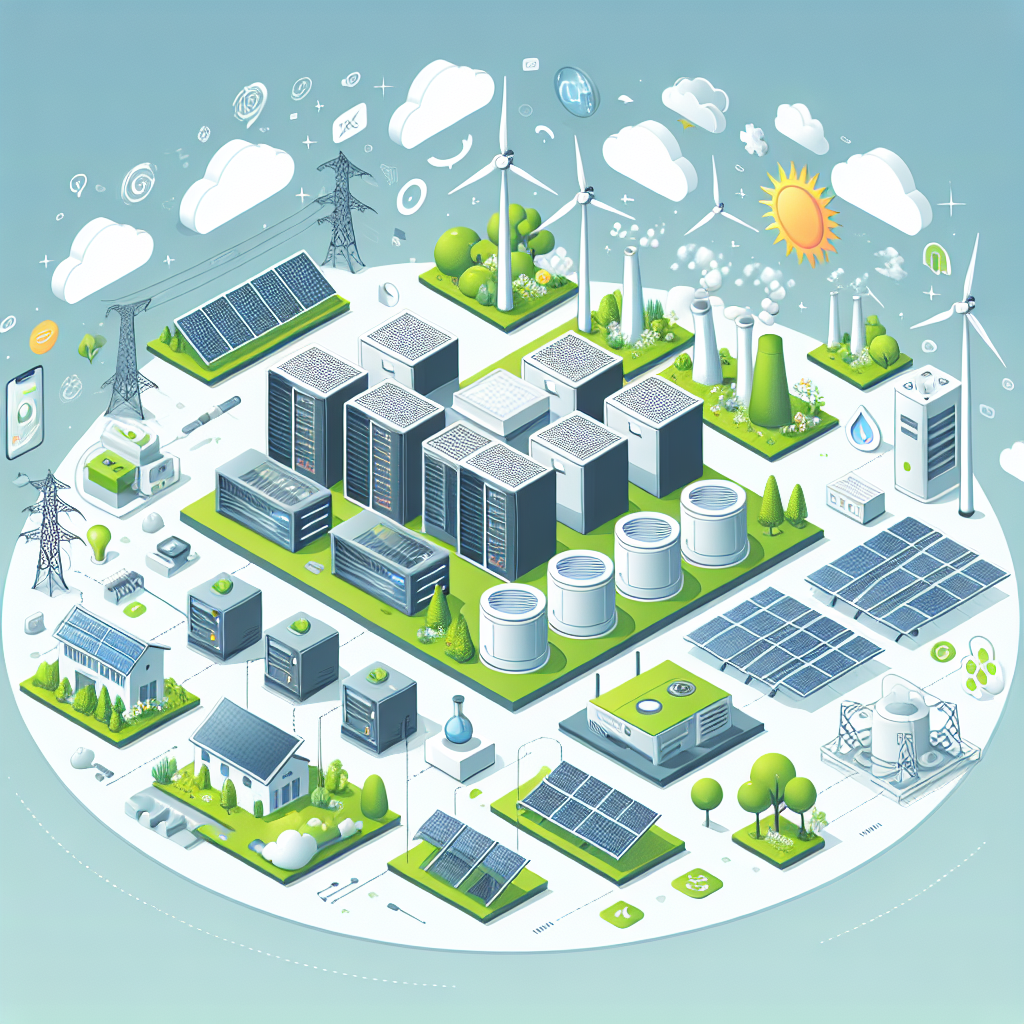
Key Factors to Consider When Designing a Energy-Efficient Data Center
In today’s digital age, data centers play a crucial role in storing, processing, and managing vast amounts of information. However, these facilities are notorious for their high energy consumption, leading to significant environmental impacts and operational costs. Designing an energy-efficient data center is vital not only for reducing carbon emissions but also for optimizing performance and minimizing expenses. Here are key factors to consider when planning and implementing a sustainable data center design:1. Location and Climate: Selecting the right location for a data center can have a significant impact on its energy efficiency. Choose a site with a temperate climate to minimize the need for excessive cooling and heating systems. Additionally, consider renewable energy sources such as solar or wind power to reduce reliance on traditional energy grids.
2. Building Design and Layout: The layout and design of a data center can greatly influence its energy efficiency. Implement a modular design that allows for scalability and flexibility, reducing the need for constant expansions and upgrades. Use energy-efficient building materials and insulation to minimize heat loss and improve overall cooling efficiency.
3. Cooling Systems: Cooling is one of the most energy-intensive aspects of data center operations. Implement efficient cooling systems such as hot aisle/cold aisle containment, economizers, and liquid cooling technologies to reduce energy consumption and improve cooling efficiency. Optimize airflow management to prevent hot spots and ensure uniform temperature distribution.
4. Energy-Efficient IT Equipment: Choose energy-efficient servers, storage devices, and networking equipment to minimize power consumption. Select hardware with high-efficiency power supplies, advanced power management features, and energy-saving modes. Consolidate and virtualize servers to optimize resource utilization and reduce energy waste.
5. Energy Monitoring and Management: Implement real-time monitoring and management systems to track energy usage, identify inefficiencies, and optimize performance. Use power management software to schedule equipment shutdowns, adjust cooling settings, and manage power distribution effectively. Regularly analyze energy consumption data to identify trends and potential areas for improvement.
6. Renewable Energy Integration: Incorporate renewable energy sources such as solar panels, wind turbines, or geothermal systems to supplement traditional power sources. Implement a hybrid power system that combines renewable energy with grid power to reduce reliance on fossil fuels and lower carbon emissions. Consider energy storage solutions such as batteries or flywheels to store excess energy and improve system reliability.
7. Energy Efficiency Standards and Certifications: Adhere to industry standards and certifications such as LEED (Leadership in Energy and Environmental Design) or Energy Star to demonstrate commitment to sustainability and energy efficiency. Work with experienced designers, architects, and engineers who have expertise in green building practices and energy-efficient technologies.
By considering these key factors when designing a data center, organizations can significantly reduce energy consumption, lower operational costs, and minimize environmental impact. Implementing sustainable practices and technologies not only benefits the bottom line but also contributes to a more sustainable and resilient data infrastructure for the future.
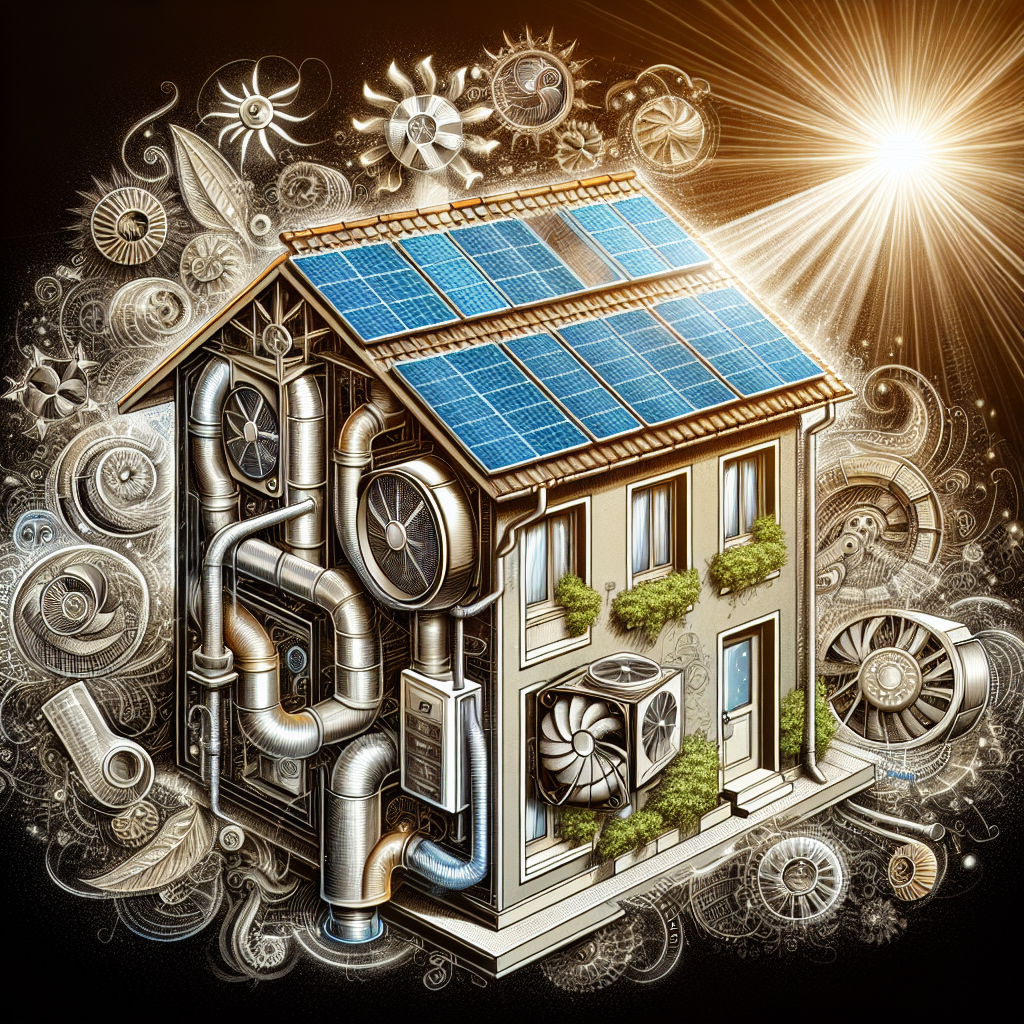
Ventilation: The Key to a Comfortable and Energy-Efficient Home
When it comes to creating a comfortable and energy-efficient home, ventilation is key. Proper ventilation not only helps maintain a healthy indoor environment by removing pollutants and excess moisture, but it also plays a crucial role in regulating the temperature and humidity levels in your home.One of the main benefits of good ventilation is improved indoor air quality. Without adequate ventilation, pollutants such as dust, allergens, and volatile organic compounds (VOCs) can build up in your home, leading to respiratory issues and other health problems. By allowing fresh air to circulate, ventilation helps to flush out these harmful substances and create a cleaner, healthier living environment for you and your family.
In addition to improving indoor air quality, ventilation also helps regulate temperature and humidity levels in your home. During the warmer months, proper ventilation can help prevent your home from becoming too hot and stuffy, reducing the need for air conditioning and lowering your energy bills. In the winter, ventilation can help remove excess moisture from the air, preventing mold and mildew growth and making your home more comfortable to live in.
There are several ways to improve ventilation in your home. One of the simplest and most effective methods is to open windows and doors to allow fresh air to flow through your home. You can also install exhaust fans in bathrooms and kitchens to remove excess moisture and odors, and consider investing in a whole-house ventilation system to ensure consistent air circulation throughout your home.
When it comes to energy efficiency, proper ventilation can also play a significant role. By allowing fresh air to circulate, ventilation can help reduce the need for mechanical cooling and heating systems, lowering your energy consumption and utility bills. In addition, a well-ventilated home is less likely to suffer from moisture-related issues such as mold growth, which can lead to costly repairs and health problems.
In conclusion, ventilation is a crucial aspect of creating a comfortable and energy-efficient home. By improving indoor air quality, regulating temperature and humidity levels, and reducing the need for mechanical cooling and heating systems, proper ventilation can help you create a healthier, more sustainable living environment for you and your family. So don’t overlook the importance of ventilation when it comes to optimizing your home’s comfort and efficiency.
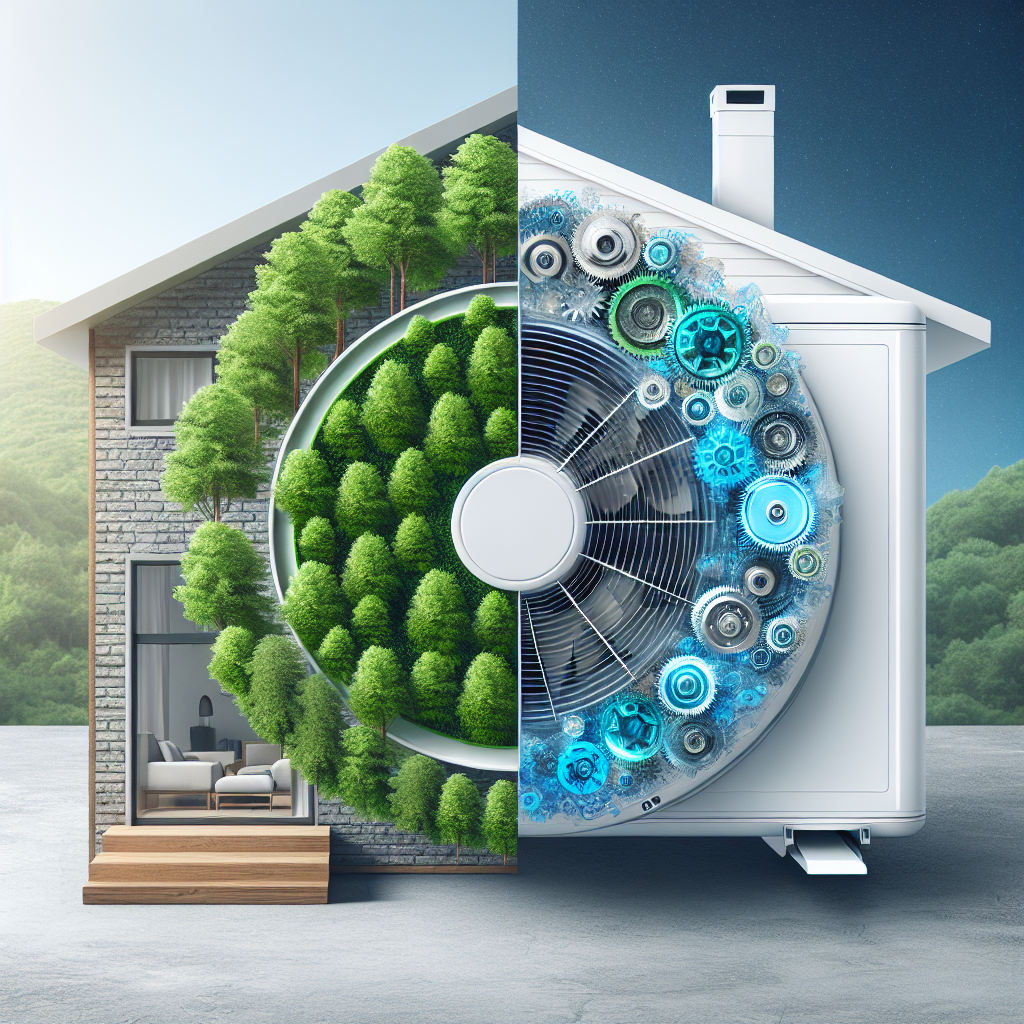
The Benefits of Energy-Efficient Ventilation Systems
Energy-efficient ventilation systems are becoming increasingly popular in buildings and homes as people become more aware of the importance of reducing energy consumption and lowering utility bills. These systems are designed to provide fresh air while minimizing energy usage, resulting in a number of benefits for both the environment and the occupants of the building.One of the main benefits of energy-efficient ventilation systems is their ability to reduce energy consumption. Traditional ventilation systems can be a major source of energy waste, as they often run continuously at a high speed, even when only a small amount of fresh air is needed. Energy-efficient systems, on the other hand, are designed to adjust their speed and airflow based on the actual ventilation needs of the building, resulting in significant energy savings.
In addition to lowering energy bills, energy-efficient ventilation systems can also improve indoor air quality. By providing a constant supply of fresh air and removing pollutants and moisture from the air, these systems help to create a healthier and more comfortable indoor environment. This can lead to reduced instances of respiratory problems, allergies, and other health issues caused by poor indoor air quality.
Furthermore, energy-efficient ventilation systems can help to reduce the carbon footprint of a building. By using less energy to operate, these systems produce fewer greenhouse gas emissions, helping to combat climate change and reduce the building’s overall environmental impact. This can be particularly beneficial for businesses and organizations looking to demonstrate their commitment to sustainability and corporate social responsibility.
Overall, energy-efficient ventilation systems offer a number of benefits for both the environment and building occupants. By reducing energy consumption, improving indoor air quality, and lowering carbon emissions, these systems can help to create a healthier, more sustainable living and working environment. As the demand for energy-efficient solutions continues to grow, investing in a high-quality ventilation system can be a wise decision for any building owner or homeowner looking to save money and reduce their environmental impact.
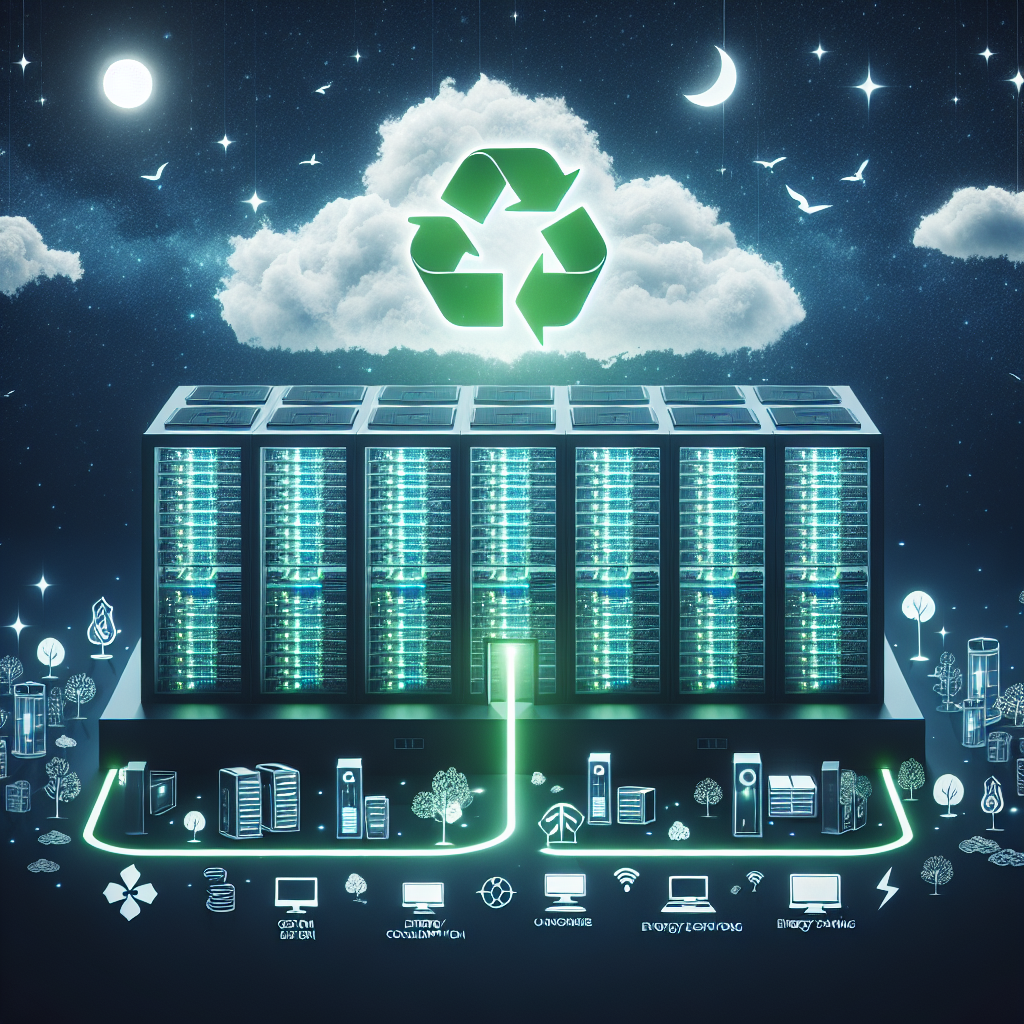
The Benefits of Implementing Energy-Efficient Practices in Data Centers
Data centers play a crucial role in today’s digital world, serving as the backbone of the internet and housing the servers that store and process vast amounts of data. With the increasing demand for data storage and processing capabilities, data centers are consuming more energy than ever before. According to the U.S. Department of Energy, data centers account for about 2% of the country’s total energy consumption, and this number is expected to grow as data usage continues to increase.In light of this growing energy consumption, many data center operators are implementing energy-efficient practices to reduce their environmental impact and lower operating costs. There are several benefits to implementing energy-efficient practices in data centers, including:
1. Cost savings: One of the most obvious benefits of implementing energy-efficient practices in data centers is cost savings. By reducing energy consumption, data center operators can lower their electricity bills and operating costs. This can lead to significant savings over time, especially for large data centers that consume a substantial amount of energy.
2. Environmental impact: Data centers are a major contributor to greenhouse gas emissions, as they consume large amounts of electricity that is often generated from fossil fuels. By implementing energy-efficient practices, data center operators can reduce their carbon footprint and help mitigate the environmental impact of their operations.
3. Improved reliability: Energy-efficient practices can also improve the reliability and resilience of data center operations. By optimizing cooling systems, reducing power consumption, and implementing other energy-saving measures, data centers can operate more efficiently and effectively, reducing the risk of downtime and equipment failures.
4. Regulatory compliance: As concerns about energy consumption and environmental impact continue to grow, regulatory agencies are implementing stricter guidelines and regulations for energy efficiency in data centers. By implementing energy-efficient practices, data center operators can ensure compliance with these regulations and avoid potential fines or penalties.
5. Competitive advantage: In today’s competitive business environment, companies are increasingly looking for ways to differentiate themselves from their competitors. Implementing energy-efficient practices in data centers can be a way for companies to demonstrate their commitment to sustainability and environmental responsibility, which can help attract customers and investors who prioritize these values.
Overall, the benefits of implementing energy-efficient practices in data centers are clear. From cost savings and environmental impact to improved reliability and competitive advantage, data center operators have much to gain from prioritizing energy efficiency in their operations. By investing in energy-saving technologies and practices, data center operators can not only reduce their environmental footprint but also improve their bottom line and enhance their overall operational efficiency.
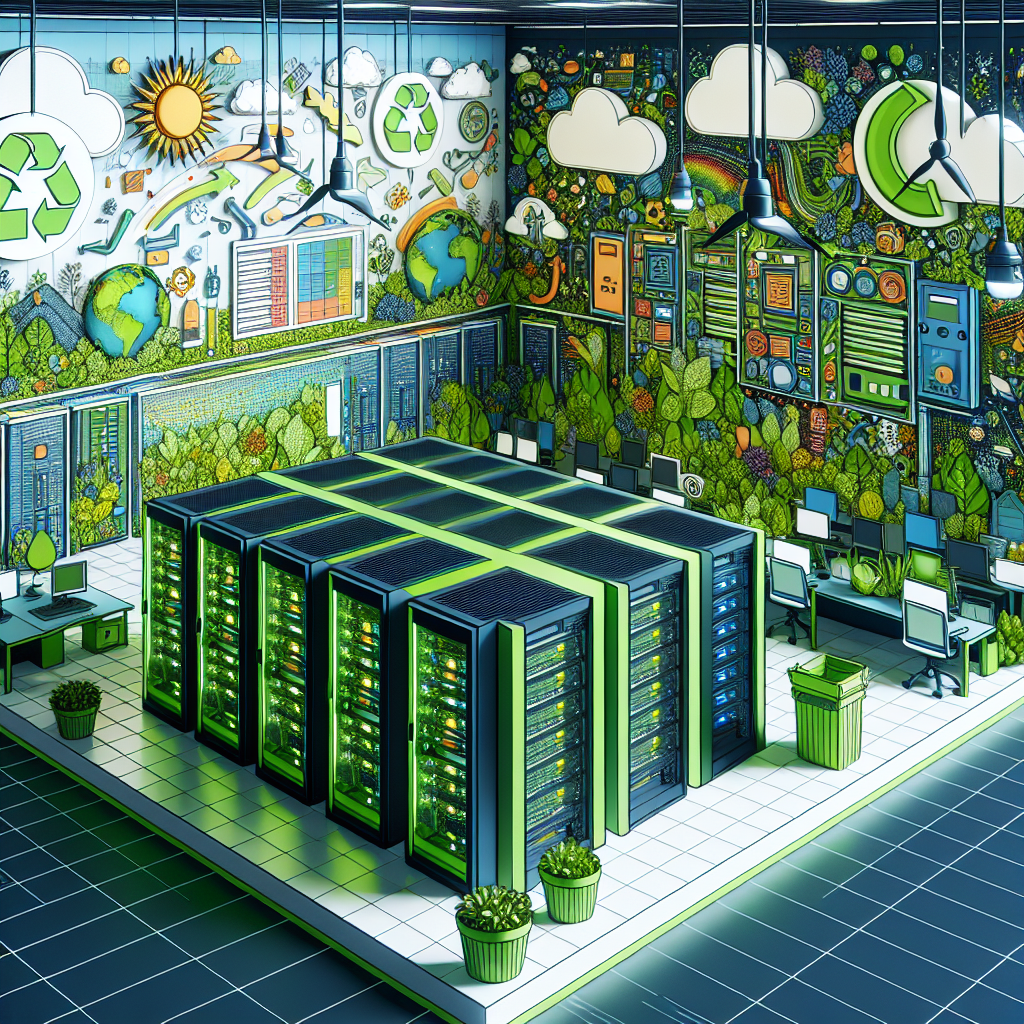
Reducing Carbon Footprint: Implementing Energy-Efficient Practices in Data Centers
Data centers play a crucial role in our modern digital world, housing the servers and infrastructure that power the internet and store vast amounts of data. However, these facilities also consume a significant amount of energy, leading to a large carbon footprint. In fact, data centers are estimated to account for around 1% of global electricity consumption, and this number is only expected to grow as our reliance on digital services continues to increase.To combat this environmental impact, it is essential for data centers to implement energy-efficient practices to reduce their carbon footprint. By making small changes and investments in infrastructure and operations, data centers can significantly decrease their energy consumption and lessen their impact on the environment.
One of the most effective ways to reduce energy consumption in data centers is through the use of energy-efficient hardware. This includes servers, storage devices, and networking equipment that are designed to operate more efficiently and consume less power. By upgrading to more energy-efficient hardware, data centers can reduce their energy consumption and lower their carbon emissions.
In addition to using energy-efficient hardware, data centers can also implement best practices for cooling and ventilation systems. Data centers require constant cooling to prevent overheating, but traditional cooling methods can be incredibly energy-intensive. By implementing more efficient cooling systems, such as using outside air for cooling or hot aisle/cold aisle containment systems, data centers can reduce their energy consumption and lower their carbon footprint.
Another effective way to reduce energy consumption in data centers is through virtualization and consolidation. By consolidating servers and applications onto fewer physical machines and utilizing virtualization technology, data centers can significantly reduce their energy usage. This not only reduces carbon emissions but also helps to optimize resources and improve overall efficiency.
Furthermore, data centers can also take advantage of renewable energy sources to power their operations. By investing in solar, wind, or other renewable energy sources, data centers can reduce their reliance on fossil fuels and lower their carbon footprint. Many data centers are already making the switch to renewable energy, and this trend is expected to continue as the cost of renewable energy continues to decrease.
Overall, reducing the carbon footprint of data centers is essential for mitigating the environmental impact of our digital world. By implementing energy-efficient practices, such as using energy-efficient hardware, optimizing cooling systems, virtualization and consolidation, and utilizing renewable energy sources, data centers can significantly reduce their energy consumption and lower their carbon emissions. It is crucial for data centers to prioritize sustainability and take proactive steps to minimize their environmental impact for a more sustainable future.
